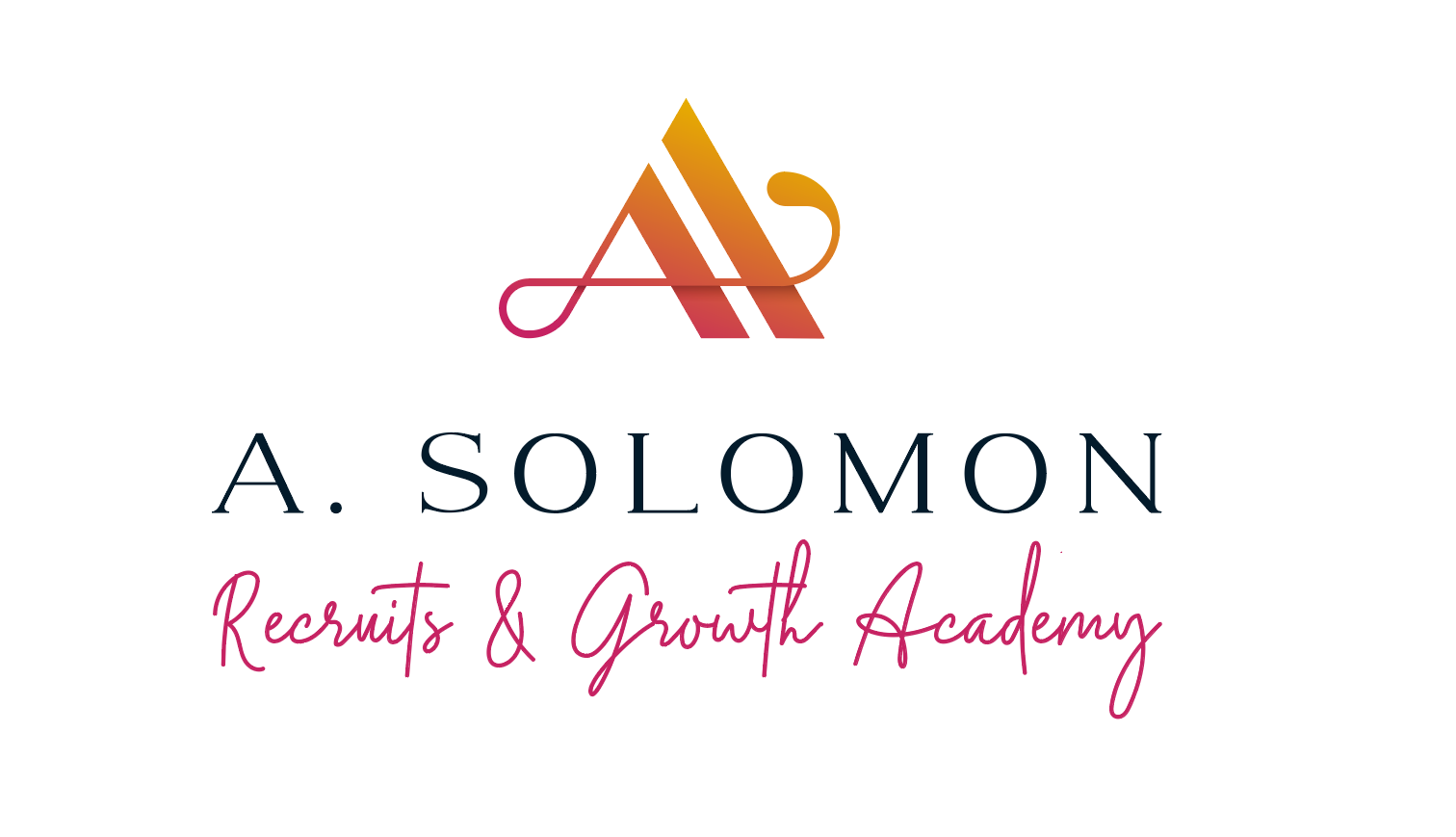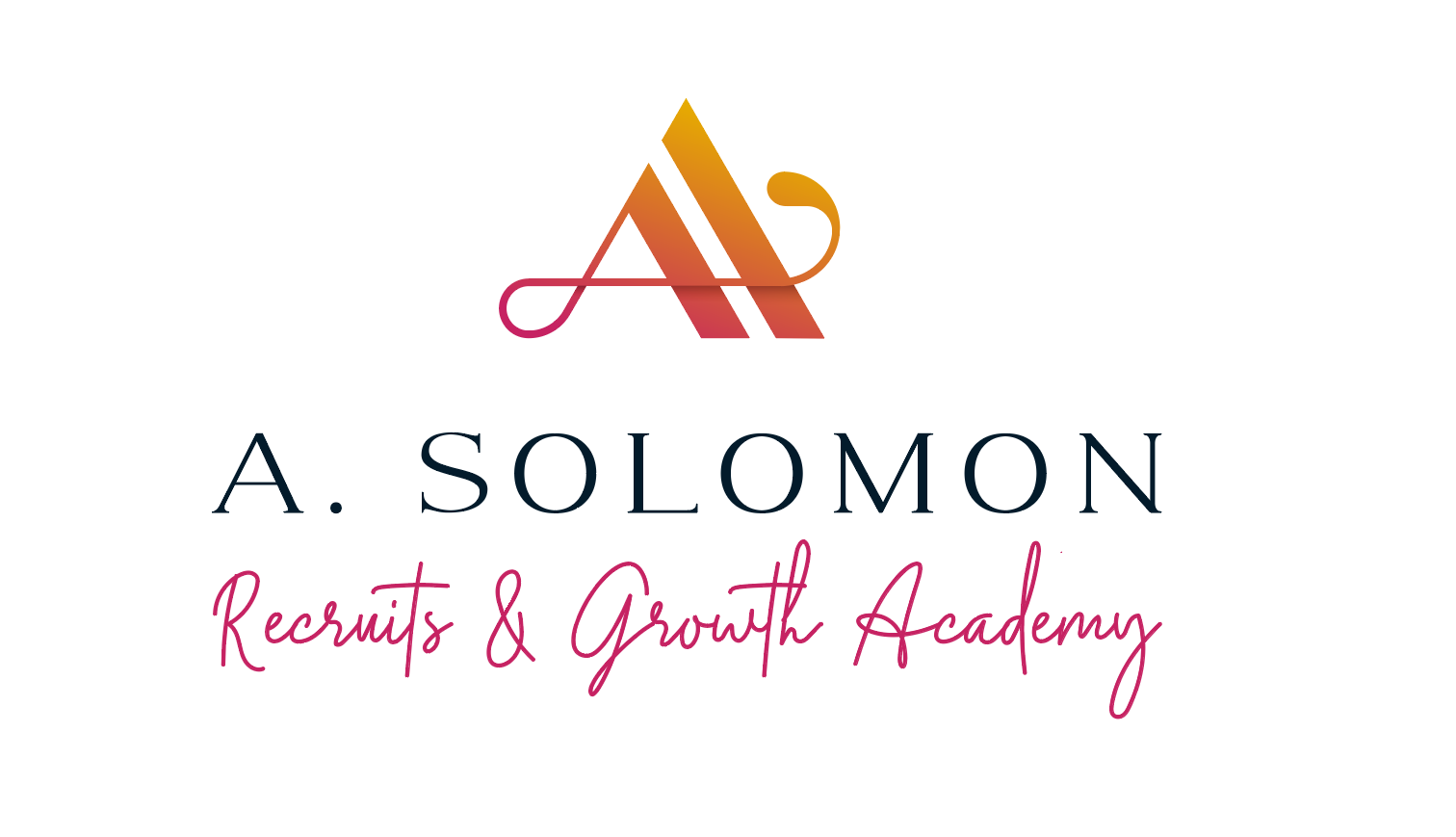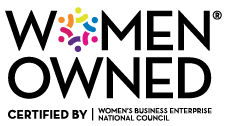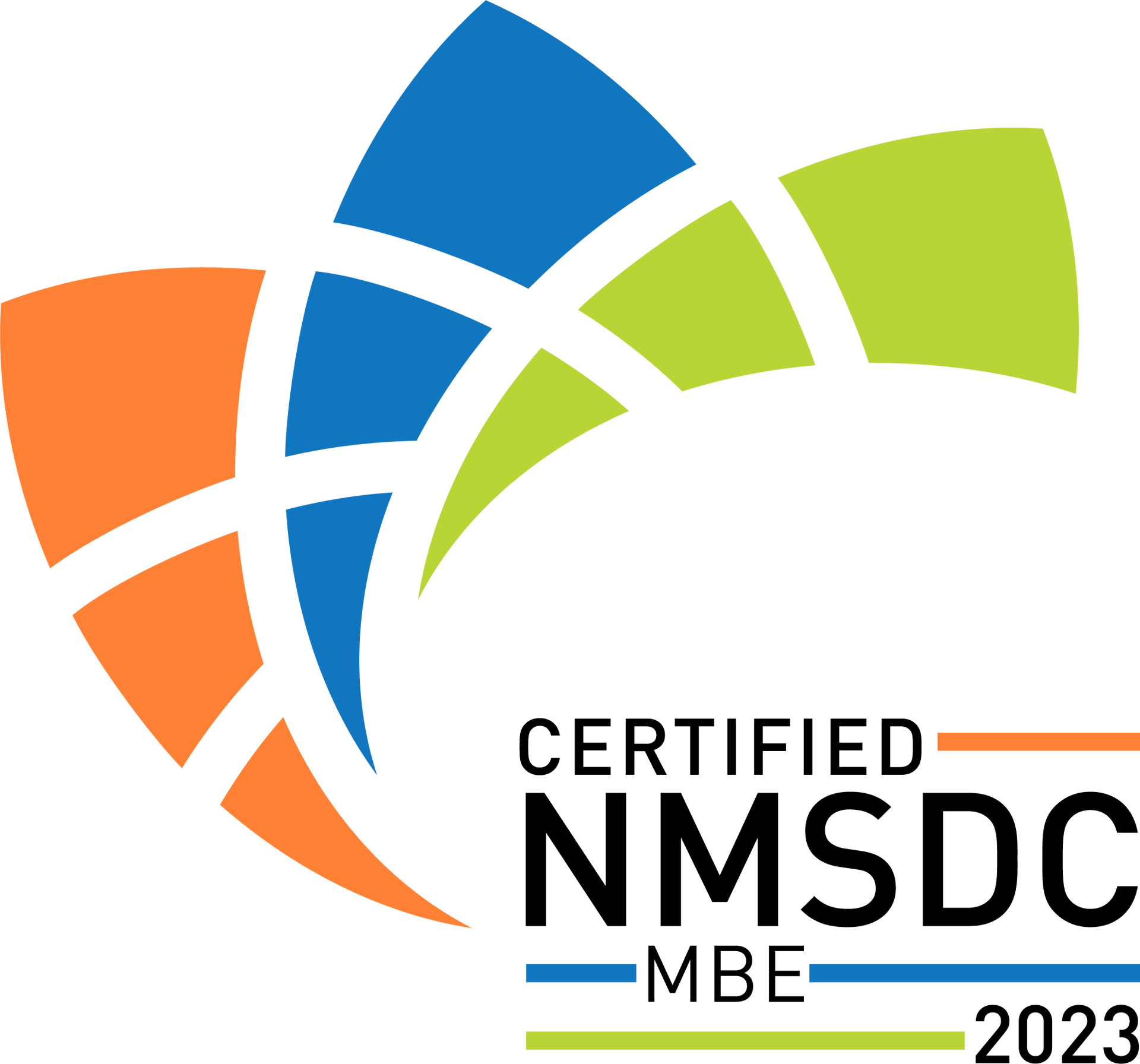Lean In Leaves Many Women Out
While on her book tour promoting Becoming, Former First Lady Michelle Obama, in a crowded audience discussing “leaning in”, slipped up and used an expletive when talking to her sold-out audience. As you may already know Sheryl Sandberg’s best selling self help book published in 2013 called Lean In caused quite a buzz and inspired plenty of women. My best friend gave me a copy and I was reading it and my overall opinion from the start was, I couldn’t relate. I walked away from her book appreciating her life story as a daughter, wife, mom and business professional, but being a Black woman in America; as a business owner and a mom, is a completely different experience from Ms. Sandberg’s. I couldn’t cosign the “lean in” mentality when it comes to workplace. Women of color’s balancing act is far different from the Ms. Sandbergs of the world. Women of color tend to face continual workplace invisibility, being overlooked for job opportunities while working twice as hard than their counterparts.
Casper Syndrome – Women of color, although well educated, are rendered invisible and face a host of challenging circumstances in the workplace. For example, A friend, who helped found an initiative and deemed the heart and soul of the organization was consistently passed over for promotion so many times, I lost count. She is someone who went back to the community she grew up in to make a difference, and was good at her job. She trained interns who would go on to be her supervisors. Although she received glowing reviews from her boss, her white female counterparts kept getting promotions in title and pay while she did double and triple their work load as the voice and minority face of the organization. How can you “lean in” when your hard work isn’t even acknowledged? The all familiar disappearing act that women of color forcibly face creates disenchantment in the workplace.
Foot in the Door – Women of color have a difficult time getting considered for jobs they feel qualified for. In fact, Northwestern University, Harvard and the Institute for Social Research conducted a study using resumes and in person audits and came to the following conclusion: “white applicants receive 36% more callbacks than equally qualified African Americans” while “white applicants receive on average 24% more callbacks than Latinos.” I speak to women of color everyday, who express the difficulties and frustration they experience when trying to get their foot in the door.
Twice as Hard – The twice as hard mentality that I and plenty of other women of color grew up with is reflected in everything we do, especially in the workplace. We can’t just be ordinary, we have to go above and beyond at all times. However, that above and beyond work ethic can be mentally draining and come with emotional physical consequences. The need to be at your best at work becomes too much pressure to handle and it drives many of women of color out of corporate America to explore the business owner route. In fact, Black women started their own business at a faster rate than all other races.
These are the struggles women of color continually face in Corporate America. You cannot “lean in” to workplaces that are systematically designed to erase you. Women of color remain on the sidelines of plenty of companies that talk about diversifying their workforce without implementing any substantial changes. Lean In leaves us out.
I am someone who sees incredible potential and opportunity in places where some people don’t think to look. Minorities and women are still marginalized in the working world. As owner of a diversity staffing boutique, my team and I walk alongside our Clients in creating professional environments that are truly for ALL. I believe in our interconnectedness as a human race and strive every day to use my gifts to empower the workplace invisible and powerless. I rarely bet on certainty and always root for the underdog because after all, those are the best stories to tell.
Hi there! Thanks for reading! Follow Angela Solomon on her social profiles! | LinkedIn: /ASolomonRecruits | Facebook: @ASolomonRecruits | Instagram: @A.SolomonRecruits | Twitter: @AS_Recruits | Pinterest: @AS_Recruits






